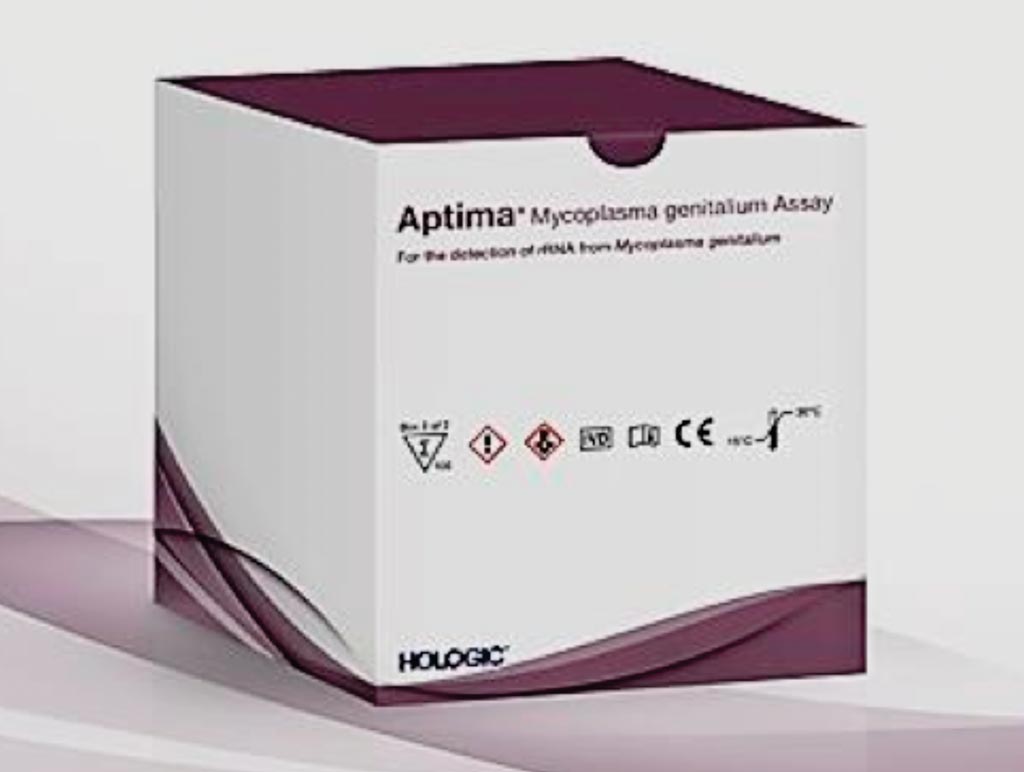New Aptima Mycoplasma genitalium Assay Evaluated
By LabMedica International staff writers
Posted on 12 Oct 2017
Mycoplasma genitalium (MG) frequently causes non-gonococcal urethritis (NGU) in males, and is associated with cervicitis, pelvic inflammatory disease, endometritis and probably infertility.Posted on 12 Oct 2017
Nucleic acid amplification tests (NAATs) are the only appropriate diagnostic methods. Many commercially available and particularly laboratory-developed diagnostic polymerase chain reactions (PCRs) have been used.

Image: The Aptima Mycoplasma genitalium Assay (Photo courtesy of Hologic).
A large team of scientists working with those at Örebro University (Örebro, Sweden) collected urogenital and extra-genital (only in Denmark) specimens from consecutive attendees at three STD clinics from February 2016 to February 2017. The specimens were tested with the CE/IVD AMG, the research-use-only MG Alt TMA-1 assay, Aptima Combo 2 Chlamydia trachomatis (CT) and Neisseria gonorrhoeae (NG) (CT/NG) assay, and a laboratory-developed TaqMan real-time mgpB qPCR. Resistance-associated mutations were determined by sequencing. Strains of MG and other mycoplasma species in different concentrations were also tested. The CE/IVD AMG the Aptima Combo 2 (CT/NG) assays was performed on Hologic’s Panther system.
In total 5,269 patients were included in the study. The prevalence of MG was 7.2% (382/5269; 4.9%-9.8% in the different countries). The sensitivity of the CE/IVD AMG, MG Alt TMA-1 and mgpB qPCR ranged between 99.13%-100%, 99.13%-100%, and 73.24%-81.60%, respectively, in the countries. The specificity ranged between 99.57%-99.96%, 100%, and 99.69%-100%, respectively. The prevalence of resistance-associated mutations for azithromycin and moxifloxacin was 41.4% (120/290; 17.7%-56.6%) and 6.6% (18/274; 4.1%-10.2%), respectively. Multidrug-resistance was found in all countries (2.7%; 1.1%-4.2%).
The authors concluded that the new CE/IVD Aptima Mycoplasma genitalium assay (Hologic) performed in the fully automated Panther system showed a high clinical sensitivity and specificity and offers a simple, rapid, sensitive and specific MG diagnostics, which can be easily combined with detection of CT, NG and Trichomonas vaginalis. The study was published on September 17, 2017, in the journal Clinical Microbiology and Infection.
Related Links:
Örebro University














